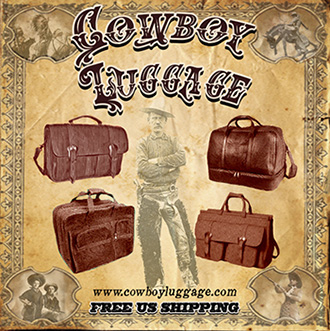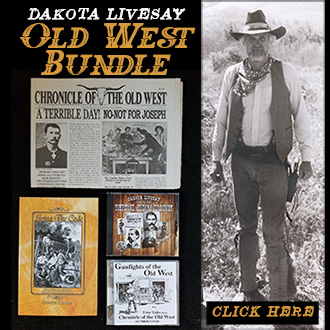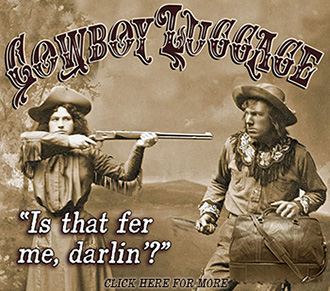 Henry Newton Brown was born in Missouri in 1857. Migrating west, he did some buffalo hunting. At the age of nineteen he ended up in Lincoln County, New Mexico during the time of the Lincoln County War. Brown became a member of the Regulators, the quasi-legal group led by Billy the Kid. After being involved in a couple of the shootouts, he was indicted for murder. Before warrants could be served, Brown took off to Texas.
Henry Newton Brown was born in Missouri in 1857. Migrating west, he did some buffalo hunting. At the age of nineteen he ended up in Lincoln County, New Mexico during the time of the Lincoln County War. Brown became a member of the Regulators, the quasi-legal group led by Billy the Kid. After being involved in a couple of the shootouts, he was indicted for murder. Before warrants could be served, Brown took off to Texas.Henry Brown didn’t smoke, drink or gamble. He frequently dressed in a suit, and he could handle a gun…the perfect candidate for a lawman. So, he was appointed deputy sheriff of Oldham County. Shortly afterward he went up to Caldwell, Kansas where he became deputy marshal. And when the city marshal resigned, Brown stepped into that position. Brown did so well that the citizens of Caldwell gave him a handsomely engraved Winchester rifle.
On April 30, 1884, after his third appointment as marshal, Henry Brown and his assistant, Ben Wheeler took a few days off to go up to Medicine Lodge, Kansas. The purpose of their trip wasn’t to get in a few days of rest, but to rob the Medicine Lodge bank. In the process Brown killed the bank president and Wheeler killed the cashier.
The men were captured and locked away in jail. However, that night a mob stormed the jail with ropes in hand. Henry Brown tried to escape. But before he could get far, a shotgun blast ended the whole affair. The people of the Old West could accept their lawmen having a criminal background, but not committing crimes while wearing a badge.








